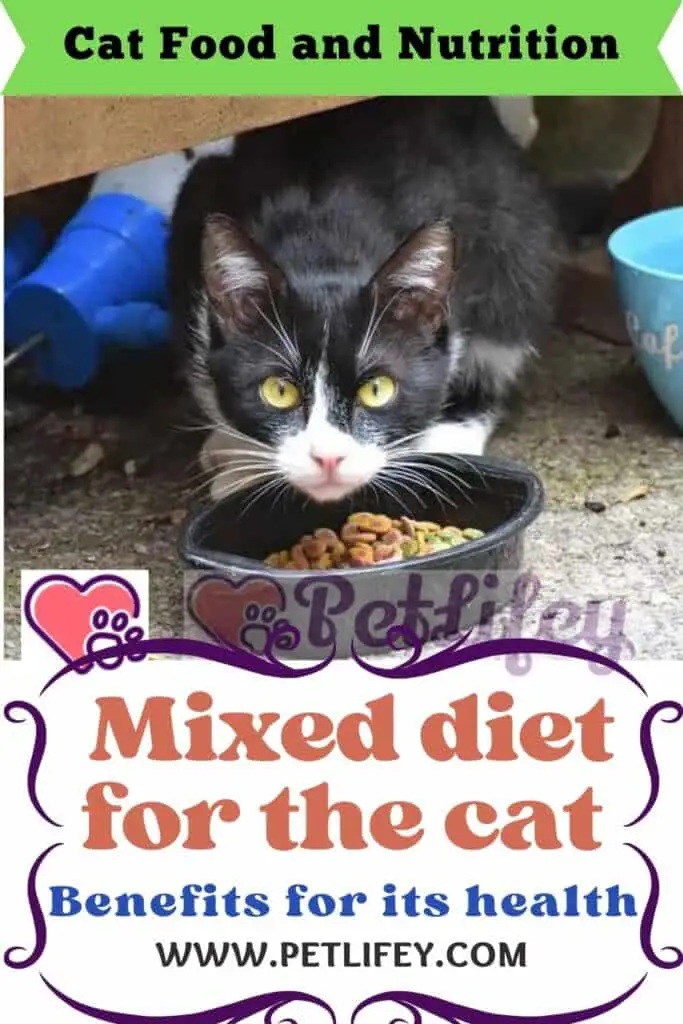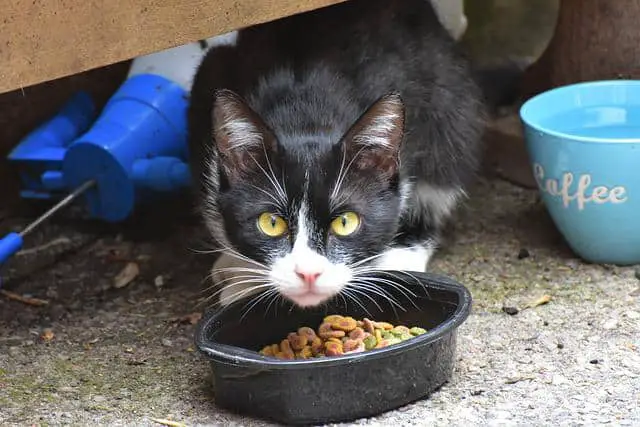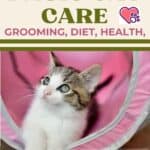
What does it consist of and what are the foods to be included in a mixed diet for cats? What does it mean and why you should choose it for the health of our beloved kitty.
What does the term ‘mixed’ mean when it comes to our pet feline’s diet? Are there any benefits of choosing a mixed diet for cats? What you need to know before adopting this diet and above all how to dose the various types of food. We will understand the factors useful to determine it and what to insert in it or leave out.
Mixed feeding for the cat: what it means and why to choose it
It is probably easy to understand that the adjective ‘mixed’ refers to a balanced mix of mixed food and wet food. We know what the health benefits of a cat are but also the practicality of one superior to the other. But why should the cat never get used to eating only one type of food?
Let’s face it clearly: dry food is a real convenience even for us masters! Not only is it practical to buy and stores much better, it is also easier to serve in portions. In this way the risk of ‘making mistakes’ with the doses is really reduced to a minimum.
The croquettes are therefore easier to divide into daily portions and in addition they also have a sanitizing action on the teeth, against the risk of tartar, but then why should not wet food be eliminated from the feline diet? Because it is rich in liquids, very useful in reducing the risk of stones and problems with the cat’s urinary tract.
Mixed feeding for cats: negative characteristics of food

Given therefore that both foods that form a mixed diet, ie dry and wet, have their advantages, let’s also see what are the risks associated with this particular diet.
The cat undoubtedly needs both, and for this reason it is not necessary to accustom it to only one type of cat’s diet. According to supporters of the mixed diet, neither meal would be able to satisfy his nutritional needs alone.
In fact, absolute croquettes would risk being too caloric and inducing obesity problems in the cat, while the wet one could be too ‘wet’. Not to mention the fact that the cat wants, indeed demands, to be stimulated with food and is certainly not an animal that is ‘satisfied’.
Correct doses and what they depend on
When we have to prepare the meal for our cat, despite the good will, it can be easy to run into some mistakes, especially regarding the portions.
Usually experts recommend a meal consisting of 35 grams of dry food and a sachet of wet food for a 4 kg cat; for cats suffering from obesity, on the other hand, only a portion of about 24 grams of the first is preferred.
Our trusted veterinarian will certainly be able to advise us on the quantities but above all if it is appropriate to adopt such a diet for our feline or not. In fact, a mixed diet is not good for everyone and in any case but we must consider factors such as:
- age,
- characteristics of the breed,
- health state.






